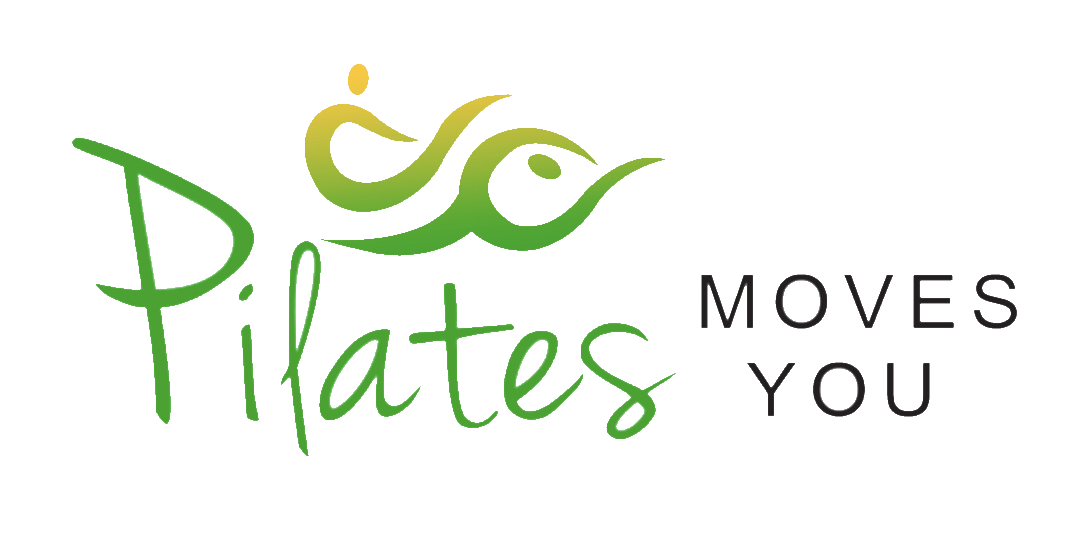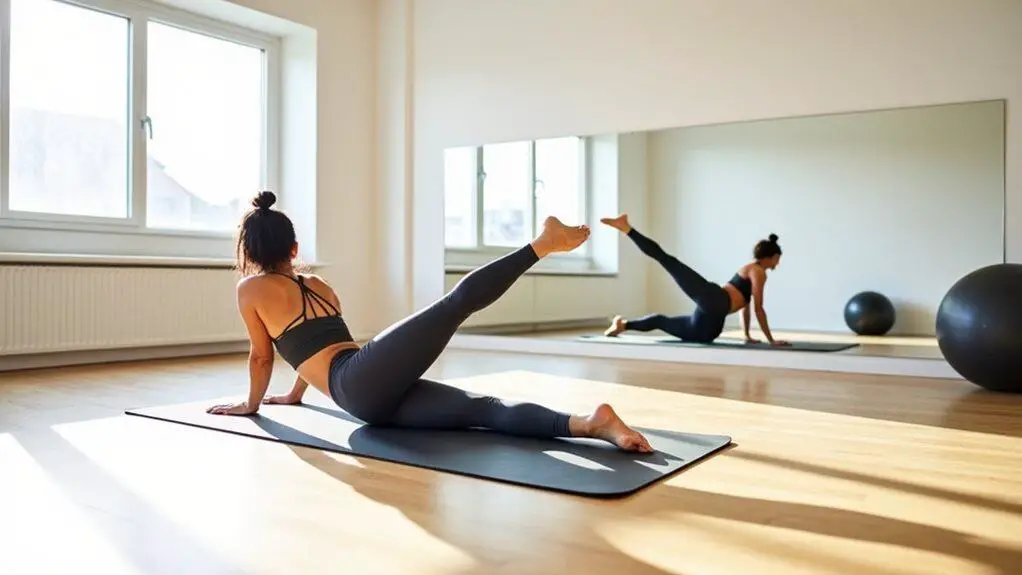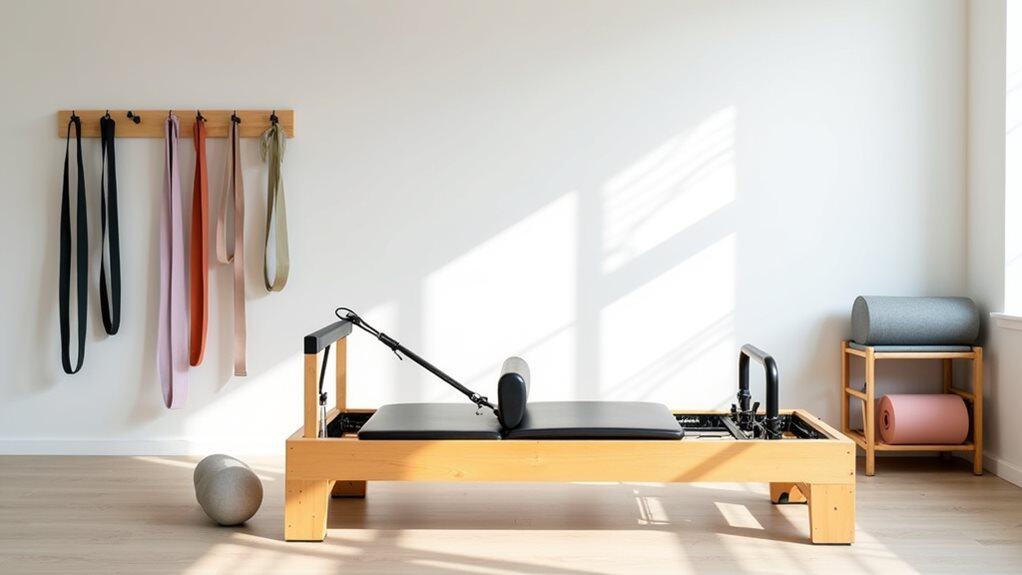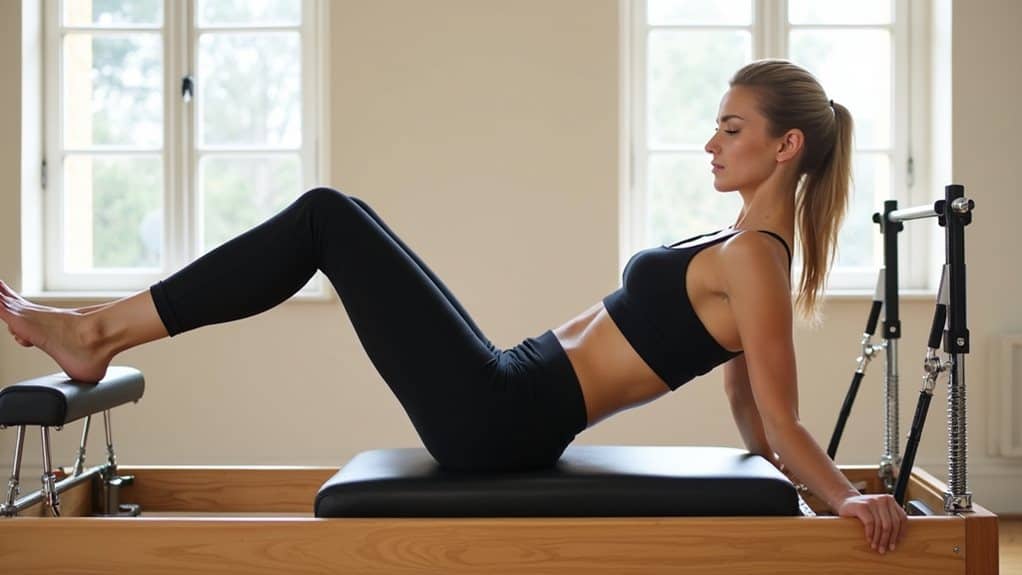Are you an athlete looking to enhance your agility? Look no further than Pilates.
In this article, we will explore the role of Pilates in improving agility for athletes. Backed by scientific evidence, we will discuss the specific benefits of Pilates for athletes, the science behind it, and the specific exercises that can help boost agility.
We will also delve into how to incorporate Pilates into your training routine, showcase case studies of athletes who have benefited from Pilates, and highlight its role in injury prevention and rehabilitation.
Get ready to discover the transformative power of Pilates in enhancing your athletic performance.
Benefits of Pilates for Athletes
You’ll be amazed at the benefits that Pilates can bring to athletes.
Not only does it enhance flexibility, but it also strengthens the core, making it an essential practice for anyone looking to improve their agility.
Pilates exercises focus on stretching and lengthening muscles, which helps athletes increase their range of motion and prevent injuries. By improving flexibility, athletes can move more freely and efficiently, giving them a competitive edge on the field or court.
In addition to flexibility, Pilates also targets the core muscles, which are crucial for stability and balance. A strong core allows athletes to maintain proper form and control their movements, leading to improved agility.
Pilates exercises such as the Hundred, the Plank, and the Teaser specifically target the abdominal muscles, obliques, and lower back, providing a solid foundation for athletic performance.
These studies suggest that Pilates training can improve flexibility, muscular strength, and endurance in various populations, including athletes, dancers, and sedentary individuals.
With its focus on flexibility and core strength, Pilates is a powerful tool for enhancing agility in athletes. The science behind Pilates further supports its effectiveness in improving athletic performance.
Transitioning into the subsequent section about ‘the science behind Pilates,’ we can explore how it works to improve agility and provide evidence for its benefits.
The Science Behind Pilates
The science behind Pilates involves understanding how it can improve flexibility and strengthen the core muscles. Pilates is a form of exercise that focuses on controlled movements and proper alignment. It uses a series of specific exercises that target different muscle groups, including the core muscles. By practicing Pilates regularly, athletes can enhance their agility and overall performance.
Here are five key points about the science behind Pilates:
- Pilates for flexibility: Pilates exercises involve a range of movements that promote flexibility in the muscles and joints. This increased flexibility allows athletes to move more freely and with greater ease, reducing the risk of injury.
- Pilates for core strength: The core muscles are essential for stability and balance. Pilates targets these muscles, including the abdominals, back, and pelvic floor, to improve their strength and endurance. A strong core enhances an athlete’s ability to control their movements and maintain proper form.
- Improved body awareness: Pilates emphasizes body awareness and proper alignment. Through focused movements and concentration, athletes develop a better understanding of their body’s capabilities and limitations, allowing them to make precise and efficient movements.
- Increased muscular endurance: Pilates exercises involve holding positions and performing controlled movements for an extended period. This helps to improve muscular endurance, allowing athletes to perform at a high level for longer periods without fatigue.
- Injury prevention: By improving flexibility, strengthening the core, and enhancing body awareness, Pilates helps to prevent injuries common in sports. It promotes proper alignment and movement patterns, reducing the risk of strain or imbalances.
Understanding the science behind Pilates is crucial for athletes looking to enhance their agility and performance. By incorporating specific Pilates exercises for agility, athletes can further develop their skills and reach their full potential.
Specific Pilates Exercises for Agility
To improve your agility, try incorporating these specific Pilates exercises into your routine.
Pilates techniques can be highly effective in enhancing an athlete’s agility due to their focus on core strength, flexibility, and balance.
One key exercise is the Single Leg Stretch. Lie on your back, lift your head and shoulders, and extend one leg while pulling the other knee towards your chest. This exercise targets your abdominal muscles and improves coordination between your upper and lower body.
Another beneficial exercise is the Side Kicks. Lie on your side and lift and lower your top leg while maintaining stability in your core. This exercise targets the hip abductors and strengthens the muscles responsible for lateral movements.
Lastly, the Roll-Up exercise is excellent for flexibility and core strength. Lie on your back and gradually roll up to a seated position, engaging your abdominal muscles and improving spinal mobility.
Incorporating these Pilates exercises into your agility training routine can greatly enhance your athletic performance.
Transitioning into the next section, let’s explore how to incorporate Pilates into an athlete’s training routine without disrupting their current program.
Incorporating Pilates into an Athlete’s Training Routine
Incorporating Pilates into an athlete’s training routine can provide numerous benefits for their overall performance and physical well-being. Pilates techniques can help in improving athletic performance by targeting specific muscle groups, enhancing flexibility, and developing core strength. Here are three key ways in which Pilates can enhance an athlete’s agility:
- Targeted Muscle Activation: Pilates exercises focus on activating and strengthening specific muscles that are essential for agility, such as the core, glutes, and hip flexors. By improving the strength and control of these muscles, athletes can move more efficiently and quickly, enhancing their agility on the field or court.
- Improved Flexibility: Pilates incorporates dynamic stretching movements that help to improve flexibility and range of motion. This increased flexibility allows athletes to move with ease and agility, reducing the risk of injuries caused by restricted movements.
- Enhanced Core Stability: A strong and stable core is crucial for maintaining balance and control during athletic movements. Pilates exercises, such as the Hundred and Roll-up, target the deep core muscles, improving stability and allowing athletes to move with precision and agility.
By incorporating Pilates into their training routine, athletes can improve their overall performance and enhance their agility on the field.
In the next section, we will explore case studies of athletes who have benefited from Pilates, further highlighting its positive impact on athletic performance.
Case Studies: Athletes Who Benefit from Pilates
Discover how incorporating Pilates into your training routine has benefited professional athletes in enhancing their overall performance and agility.
Success stories abound when it comes to athletes who have incorporated Pilates into their training regimen. From basketball players to soccer stars, Pilates has proven to be a valuable cross-training tool for athletes in various sports.
One success story comes from LeBron James, who has credited Pilates for his improved balance and flexibility on the court. By incorporating Pilates into his training routine, James has been able to move more efficiently and quickly, allowing him to excel in his sport.
Another athlete who has benefited from Pilates is Serena Williams. Known for her power and strength on the tennis court, Williams has found that Pilates has helped her develop a stronger core, which has improved her stability and overall performance.
Pilates has also been embraced by athletes in sports such as golf, swimming, and track and field. By focusing on core strength, flexibility, and stability, Pilates has helped these athletes improve their overall performance and prevent injuries.
It is clear that Pilates is not only beneficial for enhancing agility, but also for supporting athletes in their recovery and minimizing the risk of future injuries.
Pilates for Injury Rehabilitation and Prevention
You can benefit from Pilates for injury rehabilitation and prevention by improving your overall strength, flexibility, and stability. Pilates for performance enhancement focuses on strengthening the core muscles, which helps improve agility and coordination. By engaging in Pilates exercises, you can enhance your ability to change direction quickly, react faster, and reduce the risk of injury.
Pilates is also highly effective for flexibility improvement. The controlled movements and stretching exercises in Pilates help increase the range of motion in your joints, allowing for greater flexibility. This increased flexibility can help athletes move more freely and efficiently, leading to improved performance on the field or court.
To understand the impact of Pilates on injury rehabilitation and prevention, consider the following bullet points:
- Pilates strengthens the muscles around the joints, providing better support and stability.
- Pilates helps correct muscle imbalances, which can lead to improved biomechanics and reduced risk of injury.
- Pilates exercises focus on proper alignment and posture, which can prevent strain on muscles and joints.
- Pilates promotes body awareness, allowing athletes to identify and address potential issues before they become injuries.
Incorporating Pilates into your training routine can have significant benefits for injury prevention and rehabilitation. Now, let’s explore testimonials from athletes who practice Pilates to see how it has positively impacted their performance.
Feedback from Athletes Who Practice Pilates
As a Pilates instructor I work with a lot of people taking part in athletic events. Here’s an example of the feedback I’ve had from clients and what the main benefit Pilates offered them:
| Feedback | Benefits of Pilates |
|---|---|
| Pilates has greatly improved my flexibility, allowing me to move more freely and swiftly on the field. | Increased flexibility enhances an athlete’s range of motion and helps prevent injuries. |
| Since incorporating Pilates into my training routine, I have noticed a significant improvement in my core strength, which has improved my balance and stability during competitions. | A strong core allows athletes to generate power, maintain proper form, and execute precise movements. |
| Pilates has helped me develop better body awareness and control, allowing me to make quick and coordinated movements without hesitation. | Improved body awareness and control enhance an athlete’s ability to react and adapt to dynamic situations in sports. |
This feedback highlights the transformative effects of Pilates. The practice not only enhances physical abilities but also promotes mental focus and relaxation. By incorporating Pilates into their training, athletes can improve their overall performance and achieve greater agility on the field.
Summing up
Incorporating Pilates into their training routine can greatly improve athletes’ agility levels. Pilates is not just about flexibility and balance; it is a comprehensive system that targets the core muscles, increases body awareness, and enhances overall strength. By focusing on controlled movements and proper alignment, Pilates helps athletes develop better coordination, reaction time, and agility.
Here are five reasons why Pilates is beneficial for enhancing agility:
- Improved flexibility: Pilates exercises lengthen and stretch muscles, increasing the range of motion in joints. This increased flexibility allows athletes to move more freely and quickly, improving their agility on the field or court.
- Enhanced balance: Pilates emphasizes core stability, which is vital for maintaining balance and control during dynamic movements. By strengthening the core muscles, athletes can better stabilize their bodies and react quickly to changes in direction.
- Increased body awareness: Pilates encourages athletes to pay attention to their body’s alignment and movement patterns. This heightened body awareness helps athletes make precise and efficient movements, leading to improved agility.
- Strengthened muscles: Pilates targets both large and small muscle groups, strengthening them evenly. This balanced strength allows for better control and coordination, essential for agile movements.
- Injury prevention: Pilates focuses on proper alignment and controlled movements, reducing the risk of injury. By strengthening the muscles around joints and improving body mechanics, athletes can move with agility while minimizing the chance of injury.
Incorporating Pilates into their training routine can be a game-changer for athletes looking to enhance their agility. By improving flexibility, balance, body awareness, strengthening muscles, and preventing injuries, Pilates provides athletes with the tools they need to excel in their sport. So why not give it a try and experience the freedom of movement that Pilates can offer?
Final Thoughts
In conclusion, Pilates plays a crucial role in enhancing agility for athletes. The numerous benefits it offers, such as improved flexibility, core strength, and balance, are backed by scientific research. By incorporating specific Pilates exercises into their training routine, athletes can enhance their agility and performance on the field.
Case studies have shown the positive impact of Pilates on athletes from various sports. Additionally, Pilates can aid in injury rehabilitation and prevention, making it a valuable practice for athletes.
Don’t just take our word for it, numerous athletes have attested to the effectiveness of Pilates in enhancing their agility. So why not give it a try and experience the benefits for yourself?




